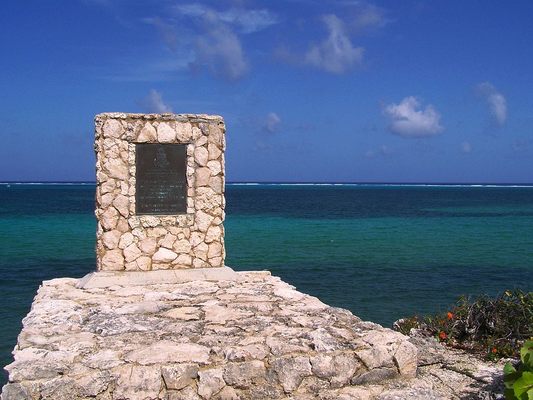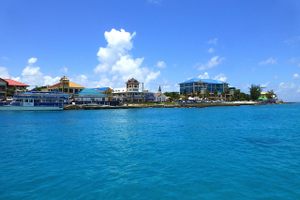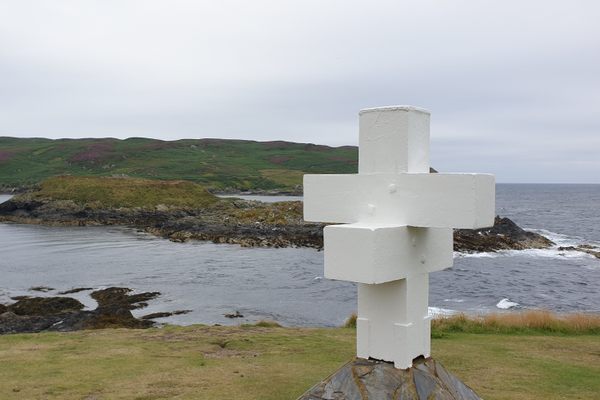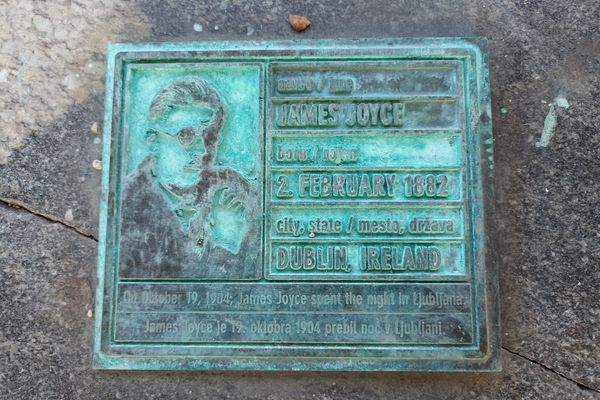About
At the East End of Grand Cayman, far from the island's cruise ship terminal and financial centers, a simple memorial commemorates a maritime disaster that gave rise to a legend about the island's tax free status.
On the evening of February 7, 1794, a convoy of ten British ships en route from Jamaica met disaster on the treacherous reefs of Grand Cayman. The Royal Navy frigate HMS Convert led a group of nine merchant ships, six of which were bound for England, three for the United States. The Convert's captain, John Lawford, went to bed on that evening believing he had already safely passed by Grand Cayman. Unbeknownst to Captain Lawford, during the night six ships in his convoy sailed ahead of the Convert on a course which sent them directly towards the Cayman reefs. At 3:00 AM, one of the ships fired a distress signal and Lawford returned to the deck to discover that his own ship was now bearing down on the reef as well. As Lawford attempted to change course another ship in the convoy collided with the Convert driving both vessels onto the reef where they quickly foundered.
All ten ships in the convoy ultimately wrecked on the reef. As the passengers and crew struggled to survive amid the breaking waves, island residents from the East End and Boddentown, having heard the ships' distress signals, paddled out to the reefs in canoes to attempt a rescue. In the darkness and pounding surf, the Caymanians saved 450 of the stranded souls. Amazingly, only six people lost their lives in the disaster.
The heroism of the Caymanians in rescuing the English sailors and passengers fueled a legend that lingers to this day. The story goes that one of the passengers rescued from the wrecked ships was a son of King George III. When the King learned of the island residents' bravery, he decided to reward them by decreeing that the Cayman Islands would forever be free of taxation and war conscription. However, there is no record that any member of the royal family was on one of the ships or that the King ever issued such a decree. Yet the legend is commonly repeated to explain the island's unique financial status.
In 1994, on the 200th anniversary of the disaster, Queen Elizabeth II visited the island's East End and dedicated a memorial to the six victims. On a cliff with a view looking out to the reef where the ships wrecked, a stone monument and plaque commemorate the event. Perched along the cliff adjacent to the monument are six small concrete blocks representing the unfortunate few souls the Caymanians were unable to rescue.
Related Tags
Community Contributors
Added By
Published
August 28, 2014
Sources
- http://en.wikipedia.org/wiki/Wreck_of_the_Ten_Sail
- http://www.caymannewresident.com/cayman-a-global-financial-centre
- http://www.royalhistorian.com/royalty-and-the-atlantic-world-3-the-wreck-of-the-ten-sail/
- https://www.google.com/maps/place/Wreck+of+the+Ten+Sails/@19.3087017,-81.0931788,16.5z/data=!4m13!1m7!3m6!1s0x8f25f5b81638cb01:0x744c53f34779e9e2!2sGun+Bay,+Cayman+Islands!3b1!8m2!3d19.3170573!4d-81.0899525!3m4!1s0x8f25f5cc2107948b:0x1f0ce984f058f8b8!8m2!3d19.3093411!4d-81.0904661
























